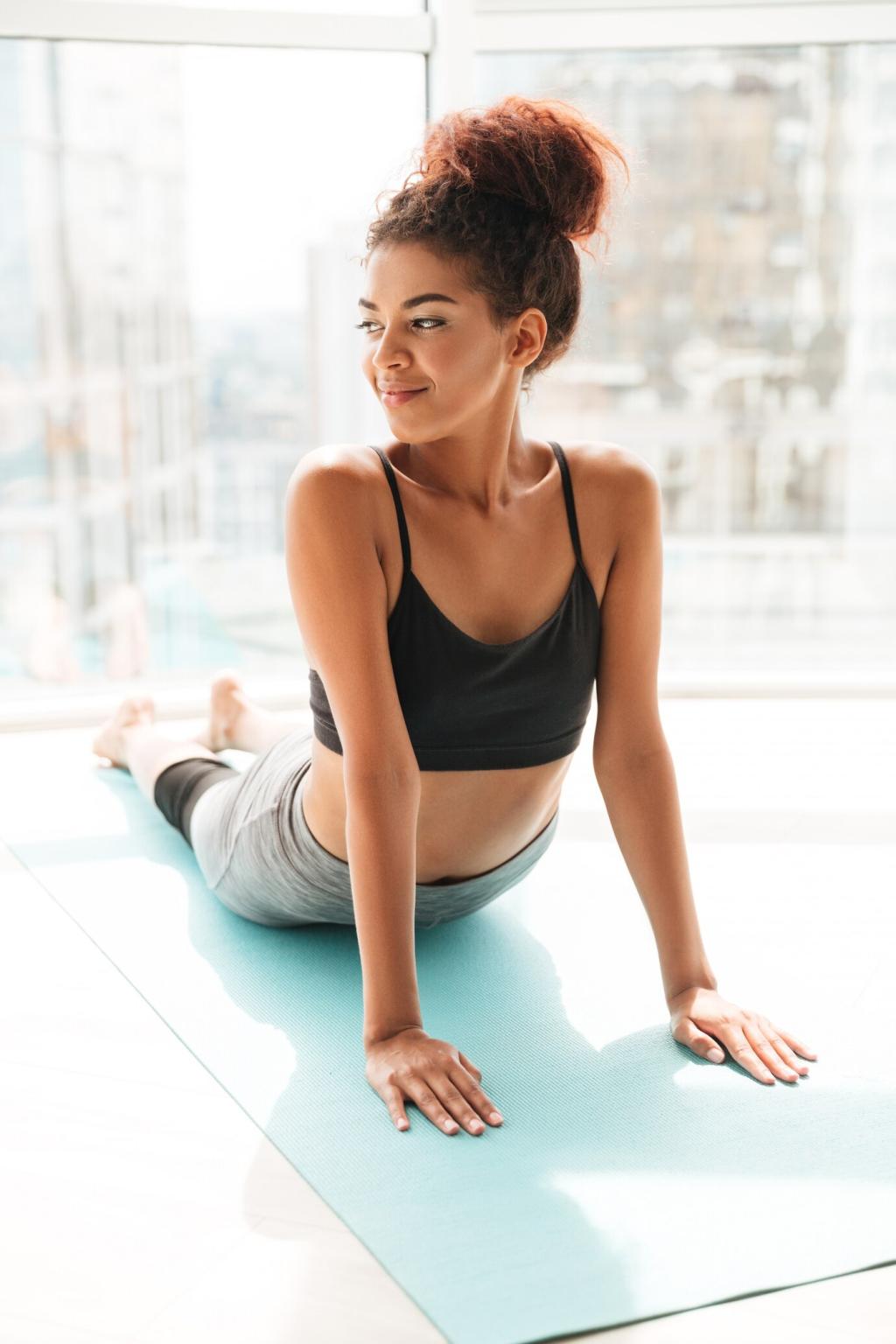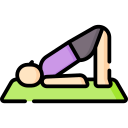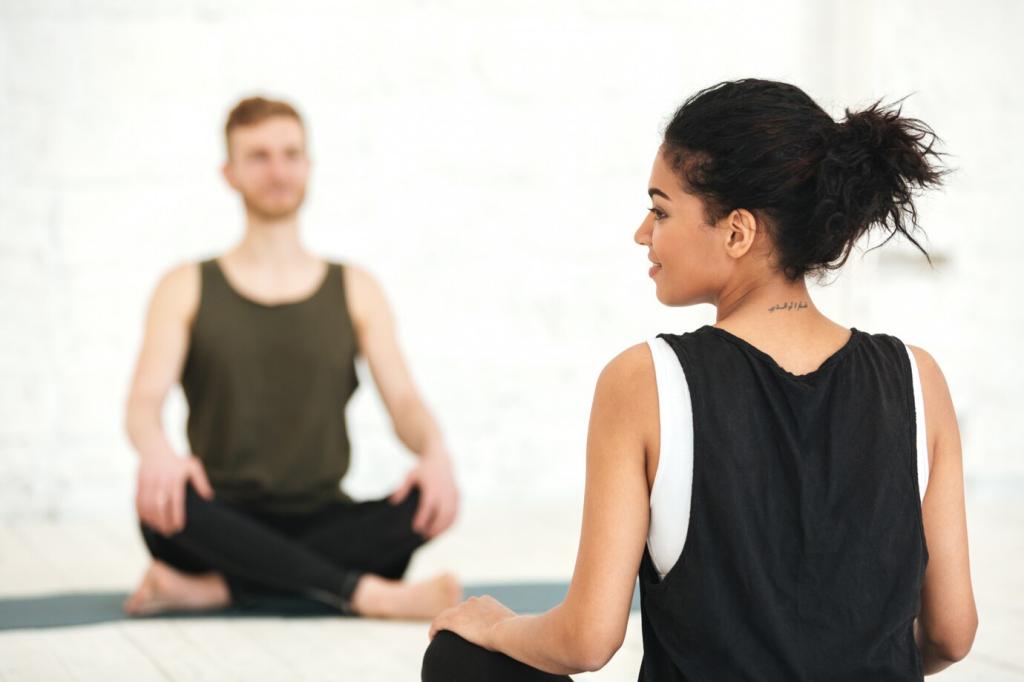
Structuring Effective Warm-Up Exercises for New Yoga Practitioners
Chosen theme: Structuring Effective Warm-Up Exercises for New Yoga Practitioners. Begin your practice with clarity, kindness, and smart sequencing that protects your body, settles your breath, and builds confidence from the very first pose. Join our community, share your questions, and subscribe for weekly beginner-friendly warm-up flows.
Why Warm-Ups Matter for Beginners
Those early minutes are the bridge between everyday life and your mat. Gentle, rhythmic movements gradually raise tissue temperature, reduce stiffness, and signal your brain that controlled motion is safe. Tell us in the comments how your first five minutes feel today.
Why Warm-Ups Matter for Beginners
Warm-ups encourage synovial fluid to circulate, nourishing cartilage and improving joint glide. For beginners, this lubrication translates to smoother transitions and fewer pinchy sensations. Subscribe for more approachable anatomy insights that make your practice kinder and more effective.

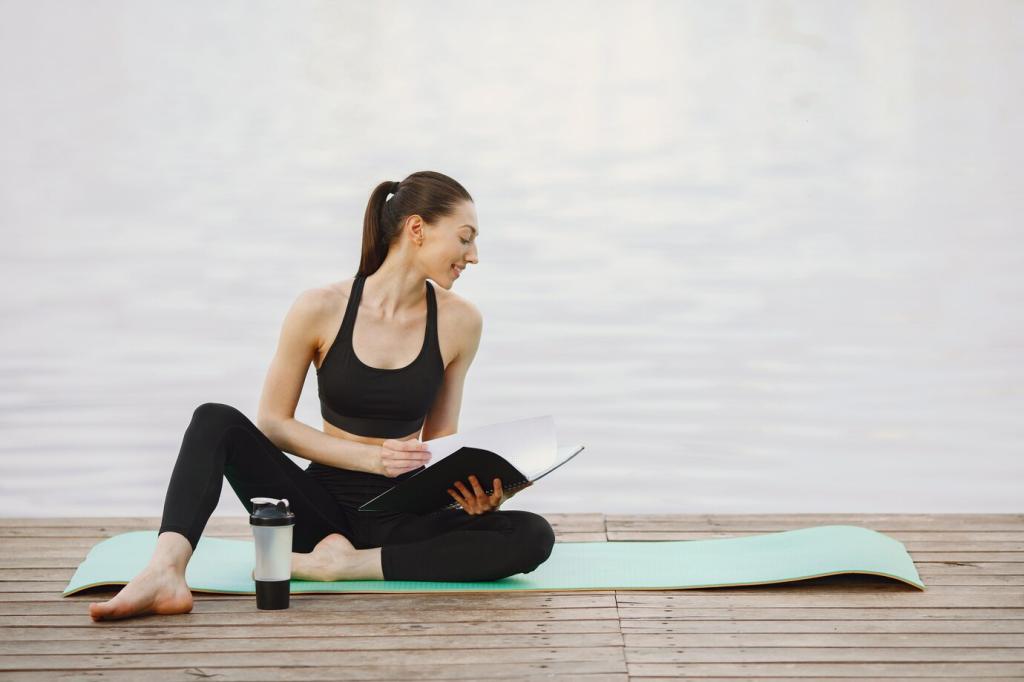
Sequencing Principles That Make Sense
Begin with the big movers—spine, hips, and shoulders—before focusing on wrists, ankles, and neck. This prioritizes central stability and spreads warmth outward. Comment with your favorite big-movement starter and why it helps you feel ready.
Sequencing Principles That Make Sense
Start by finding stability in stillness, then layer controlled mobility, and finally integrate both in gentle flow. Beginners thrive when balance, strength, and mobility arrive in that order. Bookmark this approach and try it for a week.
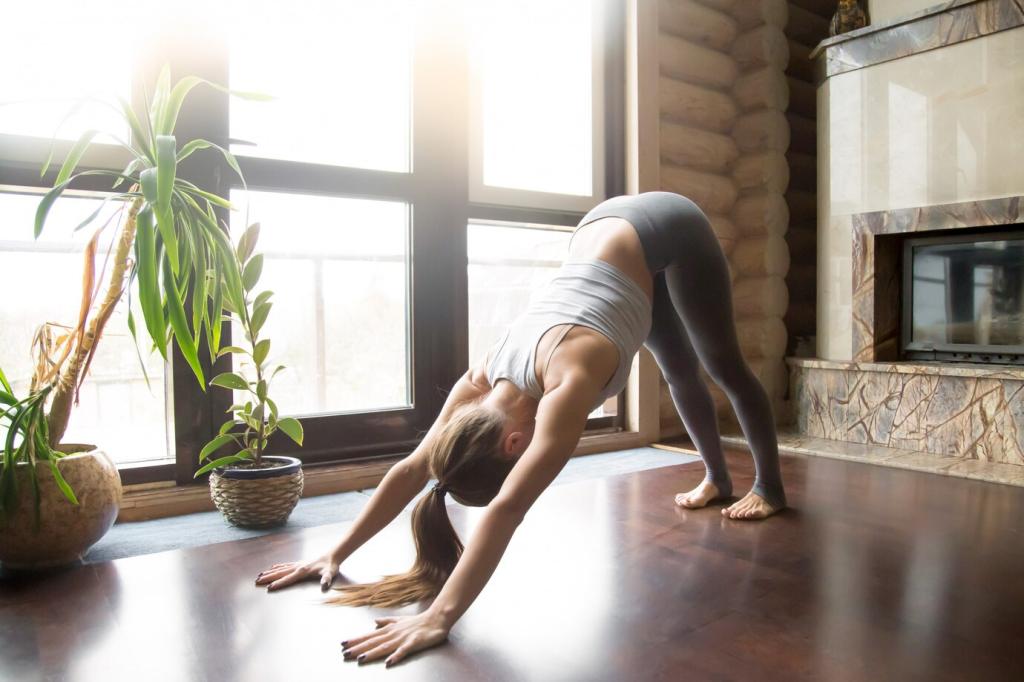
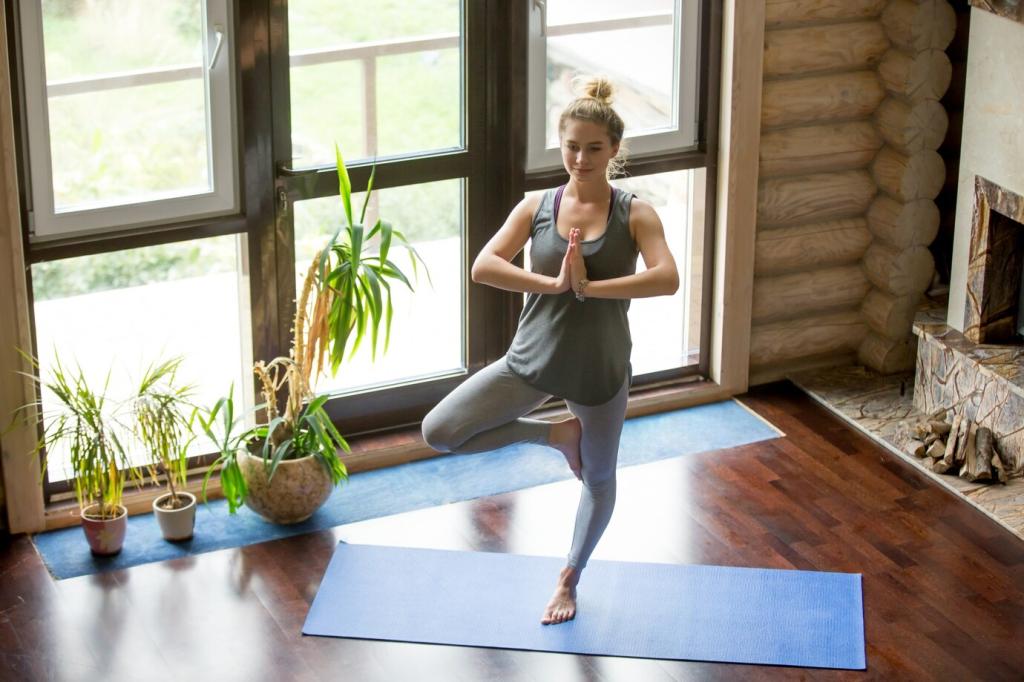
Breath as the Metronome
Try four counts inhale, four hold, four exhale, four hold. This simple pattern helps new practitioners shift from busy minds to embodied presence. Share how many rounds help you feel centered before your first posture.
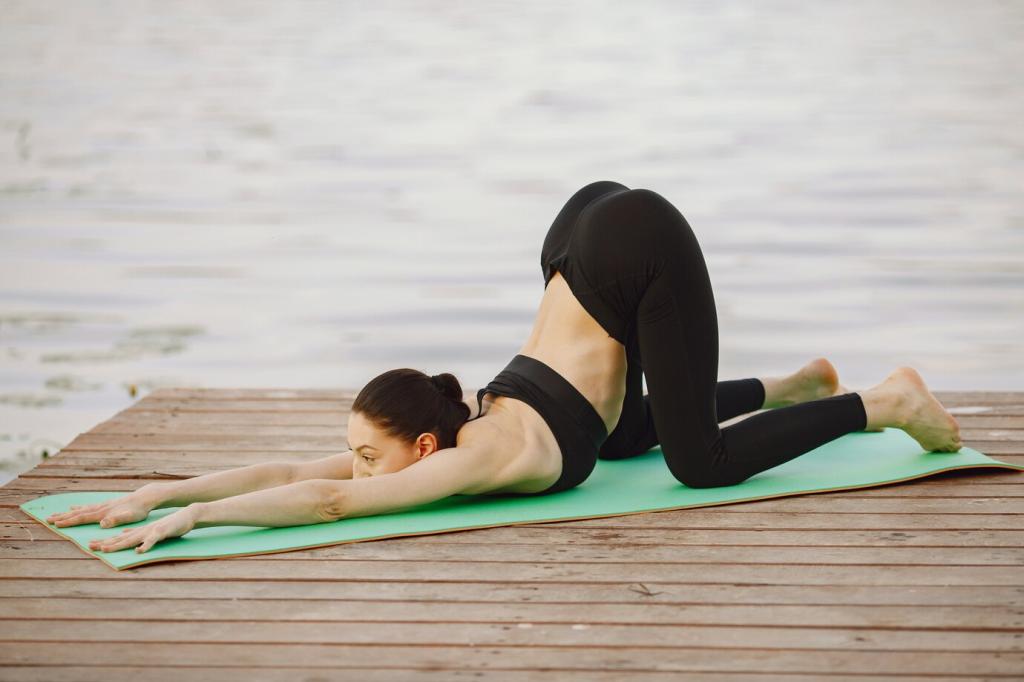
Breath as the Metronome
Pair inhales with heart-opening and lengthening; link exhales with softening or folding. This consistent relationship helps beginners remember alignment cues. Comment if this pairing makes Cat-Cow or gentle backbends feel clearer and more coordinated.
A Joint-by-Joint Beginner Warm-Up Flow
Neck and Shoulders Reset
Start with nods and gentle semicircles, then shoulder rolls with synchronized breaths. Keep ranges small and pain-free. New students often feel immediate relief here—share your favorite shoulder opener for screen-heavy days.
Hips, Knees, and Ankles Wake-Up
Flow through hip circles, supported lunges, and ankle pumps. Prioritize alignment and stability over depth. Beginners report better balance after these steps; subscribe to get printable checklists for your next session.
Core Bracing Without Tension
Practice low-intensity bracing: gentle belly engagement on exhale while keeping the ribs soft. This builds support for standing poses. Tell us if this cue helps your Warrior variations feel steadier and more approachable.
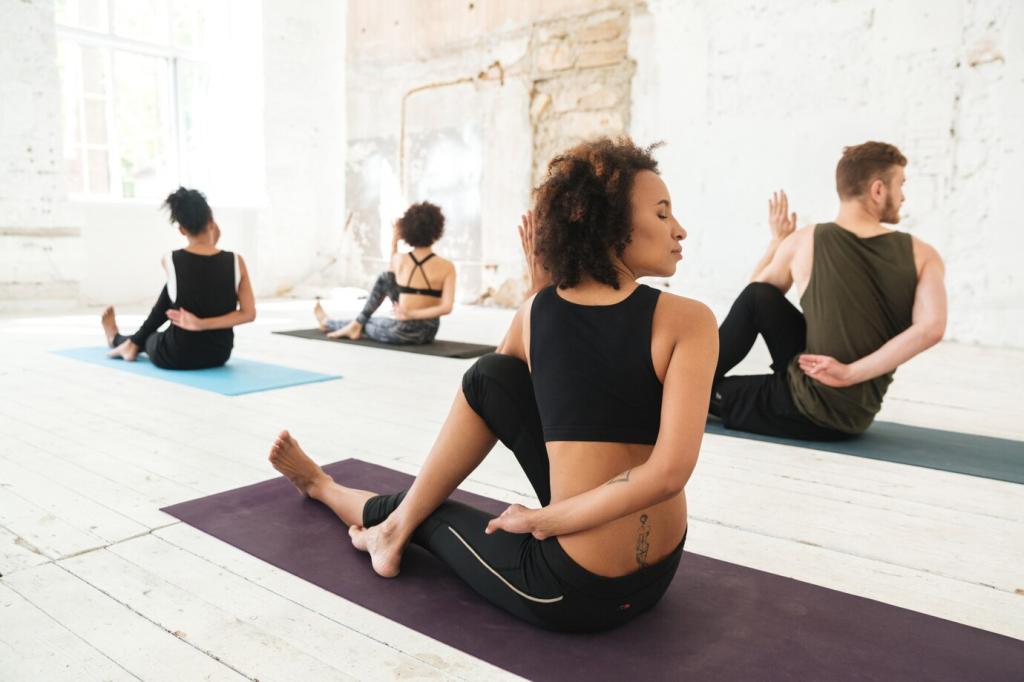
Chair and Wall Support
Use a chair for lunges or the wall for balance drills. External support reduces fear and improves alignment awareness. Comment with a prop you love and how it transformed your first weeks of practice.
Tempo and Range Tweaks
Slow down to refine control or shorten ranges to keep joints comfortable. Gradually increase tempo as confidence grows. If pacing adjustments helped you today, share your tip and subscribe for guided timers.
When to Pause or Skip
Skipping a step is not failure; it is intelligent self-care. If a movement aggravates a sensitive area, rest or choose a gentler variant. Tell us how you honored your body this week.

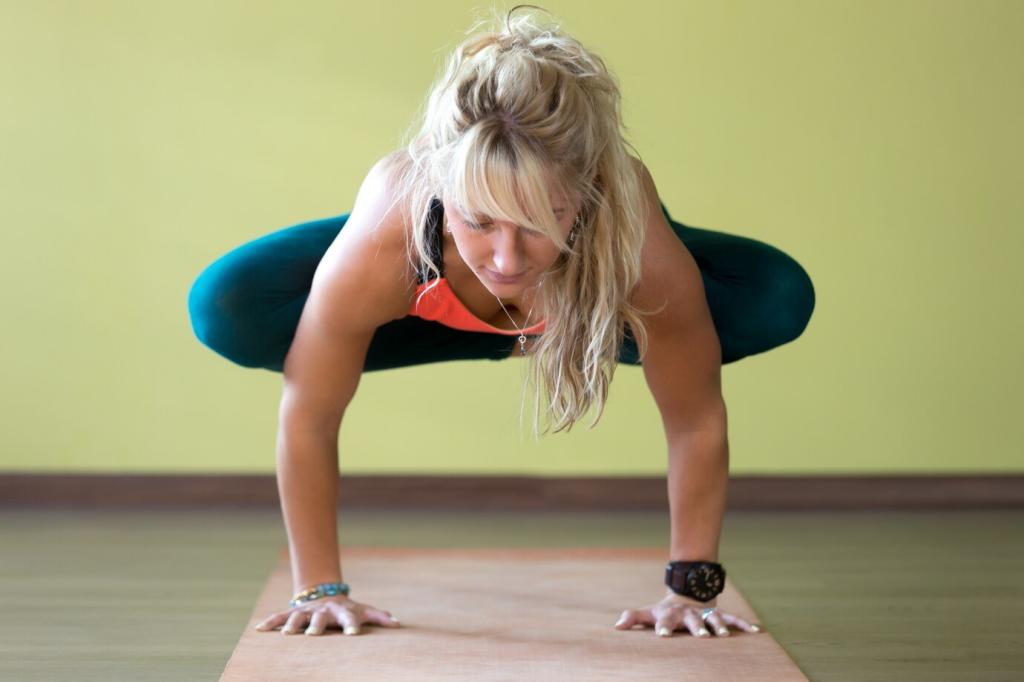
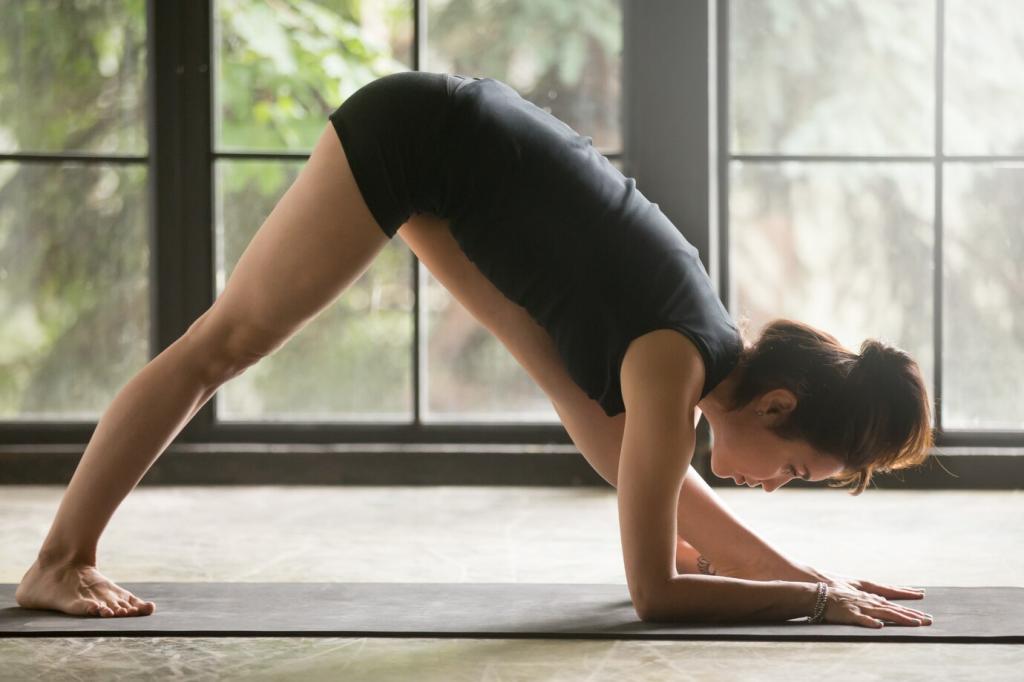
Avoiding Common Pitfalls
Skipping the Breath
Without breath awareness, warm-ups become rushed and noisy. Set a pace you can sustain for the entire practice. Share one breath cue that helps you return to calm when you feel hurried.
Rushing Into Deep Flexibility
Chasing range before readiness invites strain. Choose patience over depth, especially during the first ten minutes. If you scaled back today and felt better afterward, tell us what changed in your body.
Cues That Land for Beginners
Simple cues work best: tall spine, soft jaw, steady gaze, slow exhale. Friendly language makes alignment memorable. Comment with the cue that clicked for you and subscribe to receive our cue-of-the-week.
A Beginner’s Story: Maya’s First Month
Maya started with five-minute routines, often doubting she was doing enough. The structure reassured her—small, consistent steps count. Share your week-one feelings to encourage someone beginning today.
